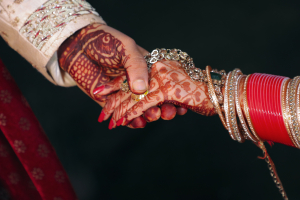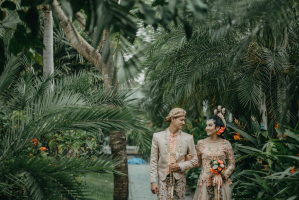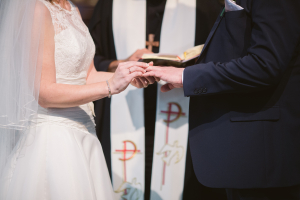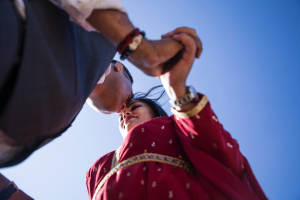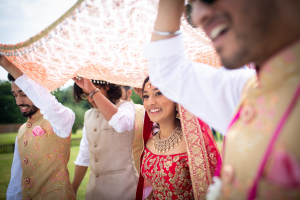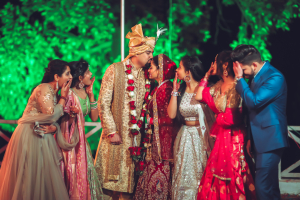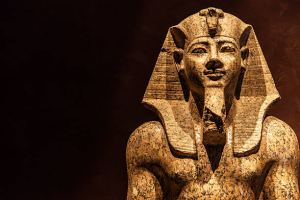Top 10 Interesting Facts about Hindu Wedding
Hindu weddings include traditional, cultural, and spiritual values rather than merely marital rites. This article will explore these fascinating aspects of ... read more...Hindu weddings.
-
Hindu wedding rituals include the wrapping of the engaged couple's hands in a holy cloth to protect them during the ceremony. This elaborate and symbolic act is rooted in long-standing customs and has significant cultural importance. It provides an insight into the complex network of beliefs that surrounds the holy marriage. This ceremony serves as the couple's spiritual armor, protecting them from any negative influences and the shadows of bad luck as they begin their married life together.
This cloth-covered hand covering achieves its highest point of significance during the important ritual procession around the sacred fire. The pair take every step as a symbol of their dedication to walking together through life's many stages as they do so under the bright light of the fires and religious gifts. The draped hands, a representation of protection and unity, highlight the divine connection that extends beyond the material world and into the spiritual.
The act of covering one's hands in this complex dance of rites does more than simply provide visual meaning to the event; it also crafts a story about group blessings and ancestors' spirits. Each carries the aspirations and dreams of the families who have gathered to see this historic event.
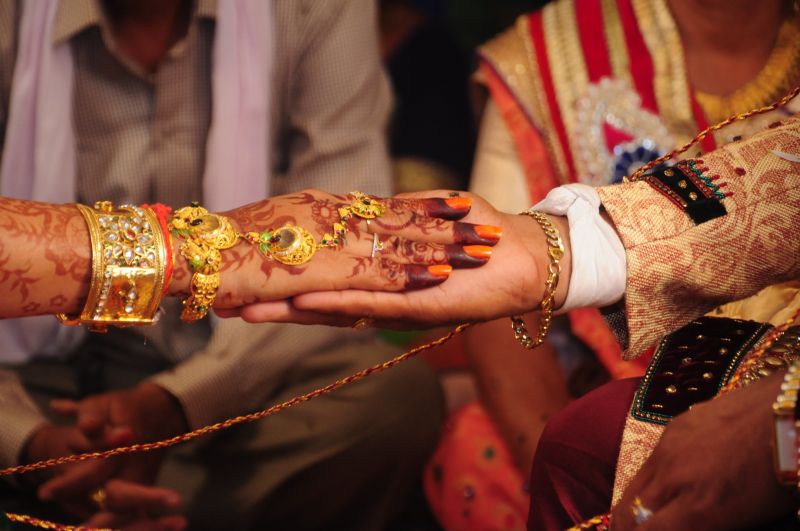
Photo by Jayesh Jalodara on Unsplash 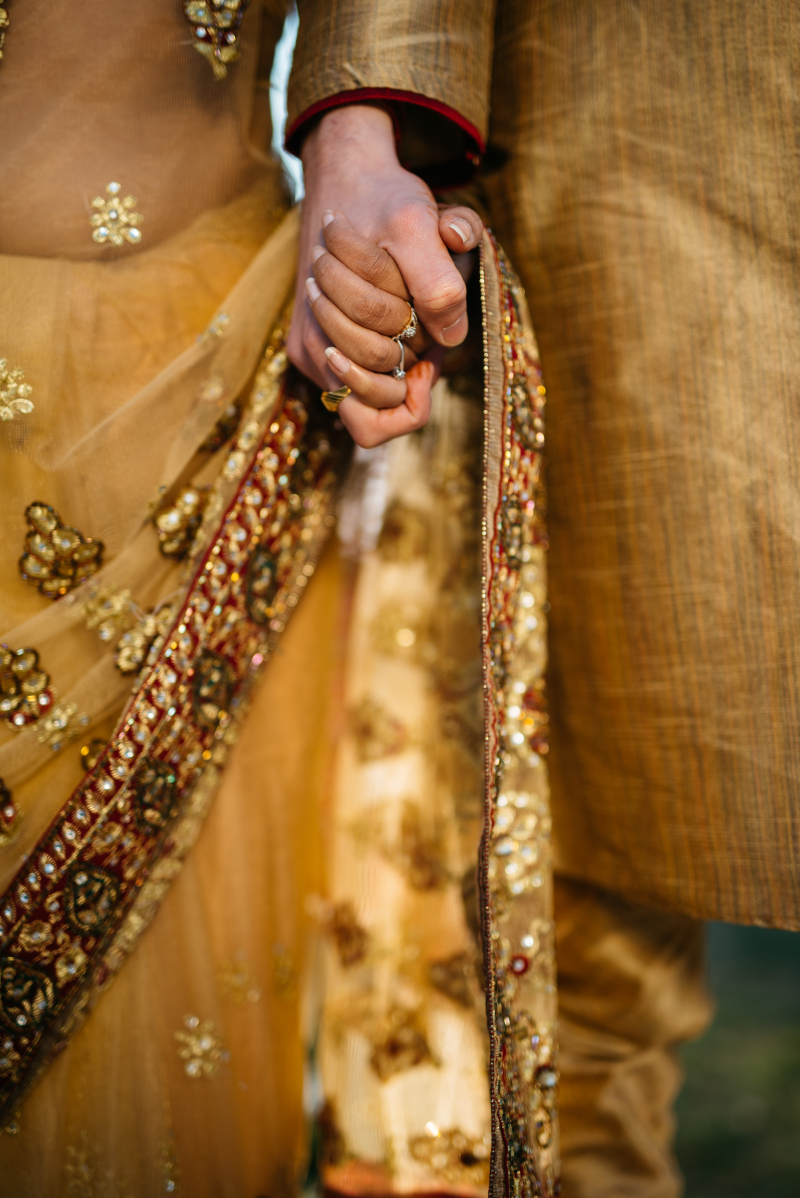
Photo by Pablo Heimplatz on Unsplash -
The couple showers one another with rice mixed with pearls, turmeric, saffron, and other blessings in a tradition known as the “Talambralu”, or "ritual of happiness." The “Talambralu” transcends its playful traits to emerge as a profound expression of the hopes and ambitions that link the couple together. It is rooted in the rich cultural legacy of the couple's community.
Every grain of rice represents fertility and sustenance and expresses a desire for a life filled with plenty and food. The colors of saffron and turmeric represent the promise of a journey that will be brightened by the warmth of love. This happy cascade includes pearls, a representation of purity and eternal beauty, highlighting the couple's desire for a life filled with values and priceless moments.
Beyond its symbolic meaning, the “Talambralu” is a monument to the couple's shared laughter and solidarity. This period of humor offers a break from the controlled seriousness of the wedding ceremony, a treasured time when the couple may joyfully acknowledge each other's presence. It serves as a gentle reminder that marriage is about more than just solemn vows and holy rites. It's also about companionship and shared joy that thrives on both the serious and the fun.
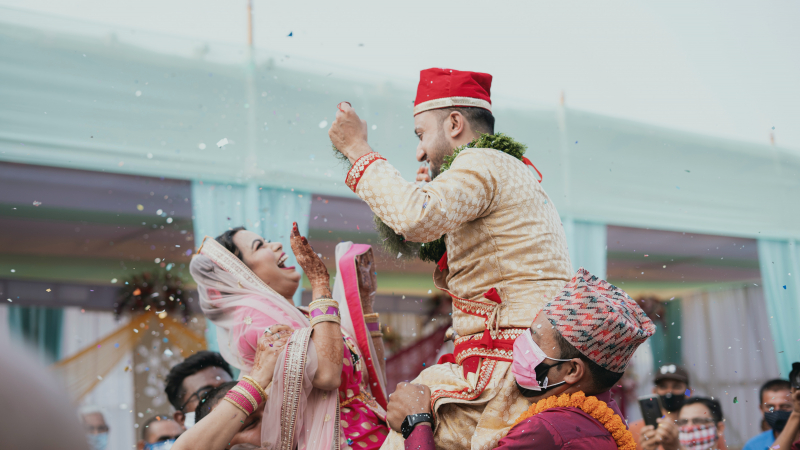
Photo by rajat sarki on Unsplash 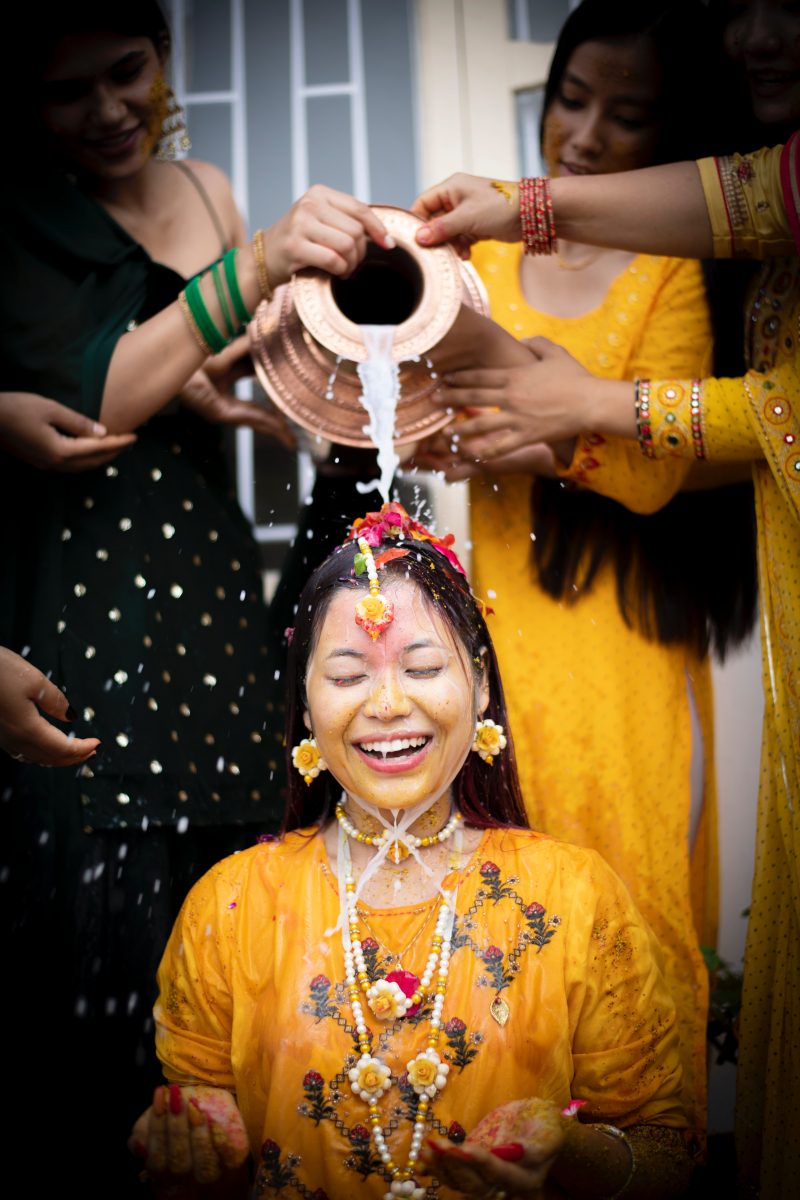
Photo by Ksav Pun on Unsplash -
The application of Sindoor is a very important practice that is used in Hindu weddings as a visual and symbolic evidence to the union of the couple. When applied lightly to a woman's hair parting, this vivid red-orange powder carries a wealth of cultural meaning and emotional resonance. The bride's life undergoes a significant transformation when the wedding ceremony comes to an end. This rite symbolizes her transformation from a maiden into a married lady ready to start a new chapter of her journey.
Applying Sindoor is a link between the present and the past, a witness to the surviving customs that have been passed down through the years. The meticulous application of the vermilion powder to the bride's forehead pays homage to the long-standing traditions and beliefs that have shaped Hindu culture. It perfectly conveys the vitality, passion, and unbreakable link that marriage forges.
When the groom applies the Sindoor, he is pledging to love, adore, and uphold his wife for the rest of his life. It represents his acceptance of the duties and rights that go along with being a spouse. In response, when the bride accepts and wears this symbol of dedication, she expresses her willingness to step into her new position and guide her spouse through the pleasures and difficulties of marriage.
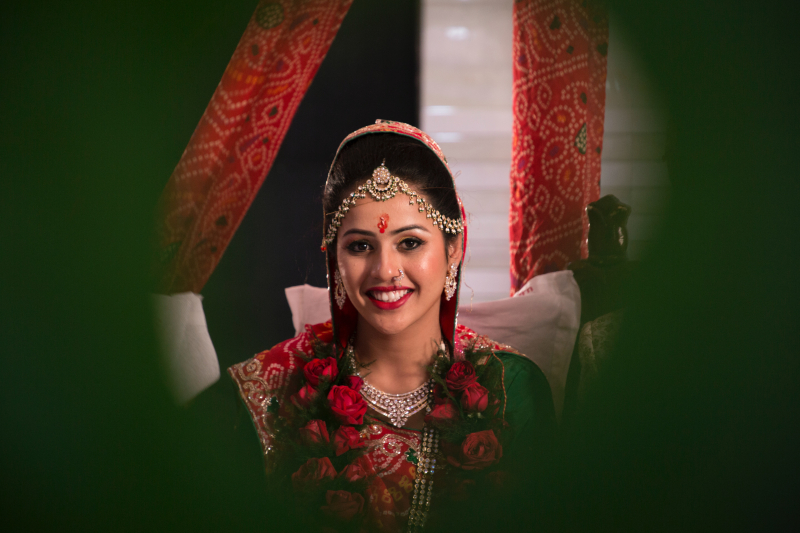
Photo by rajat sarki on Unsplash 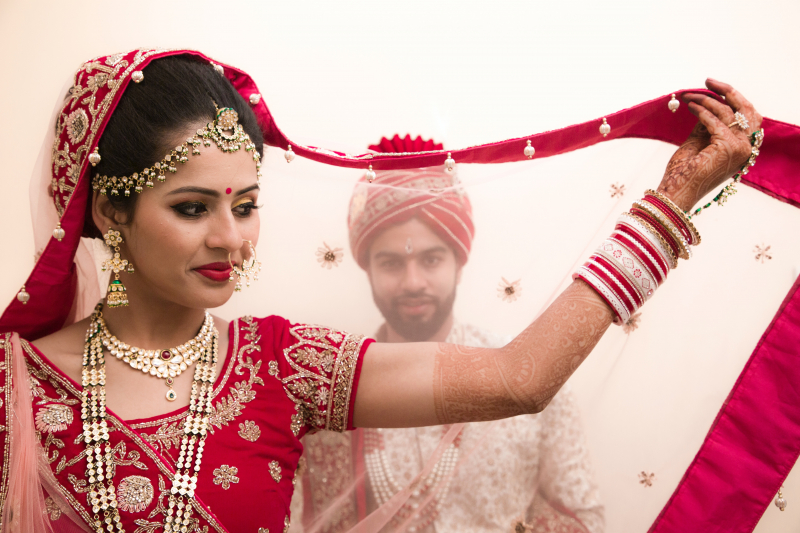
Photo by rajat sarki on Unsplash -
A significant rite in Hindu marriages is the Saptapadi. The bride's veil and the groom's sash are generally linked together when the newlyweds are dressed for the Saptapadi. According to Indian custom, they form seven rings around a sacred fire, with each circle denoting a different blessing they ask the gods for. The act of having their garments tied together signifies more than a mere physical gesture; it stands as a symbol of the promises that the couple makes to one another. Their clothing's fabric symbolizes their determination to face life's joys and difficulties together by reflecting the strong relationship they are building.
The sequential steps of the Saptapadi rite are similar to the stages of a person's life journey, and the tied fabric serves as a reminder that their paths have now also become entwined. The bride and groom make a commitment to support one another financially, communicate their joys and sorrows openly, have complete faith in one another, and build a loving and respectful family.
Additionally, the Saptapadi's garment tying ceremony has deeper spiritual meaning. It represents the entwining of their souls, the combining of two different people to become one powerful entity. They enter a domain where their journey as life partners becomes intricately linked with their shared beliefs, objectives, and spiritual development as they perform the rite, their clothing tied together.
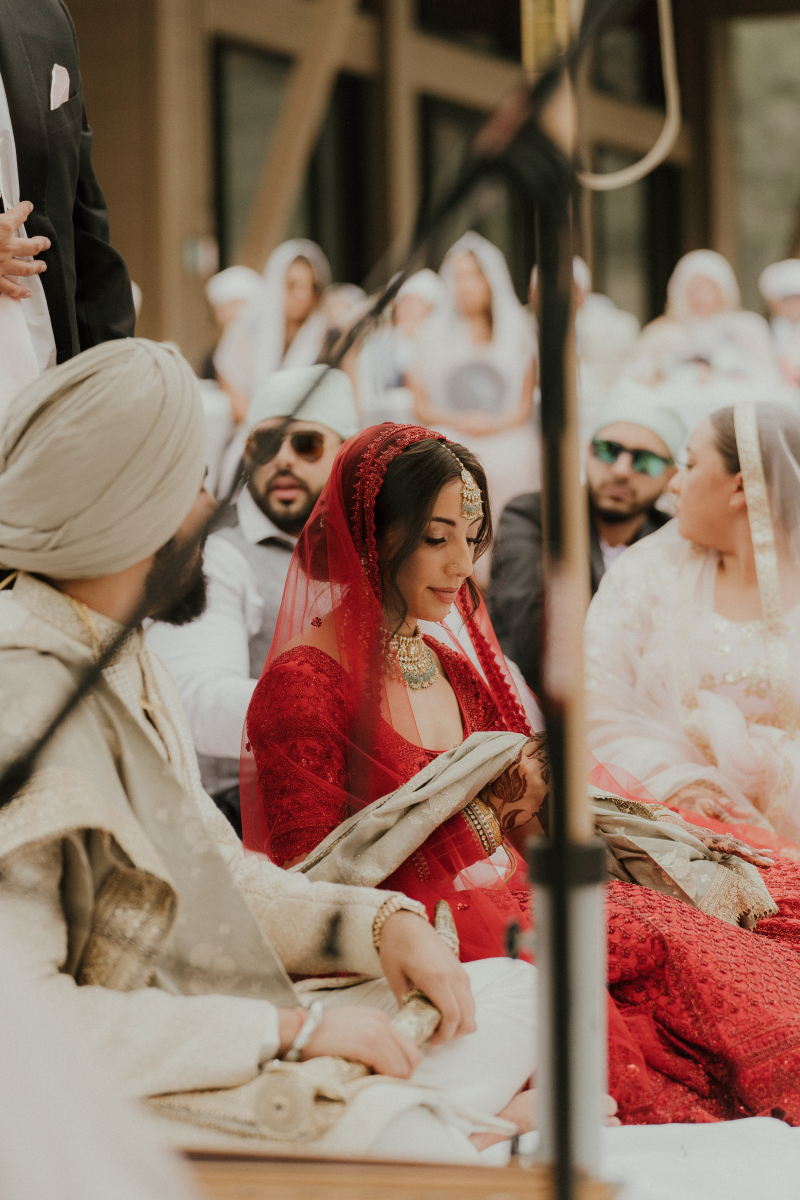
Photo by Andres Molina on Unsplash 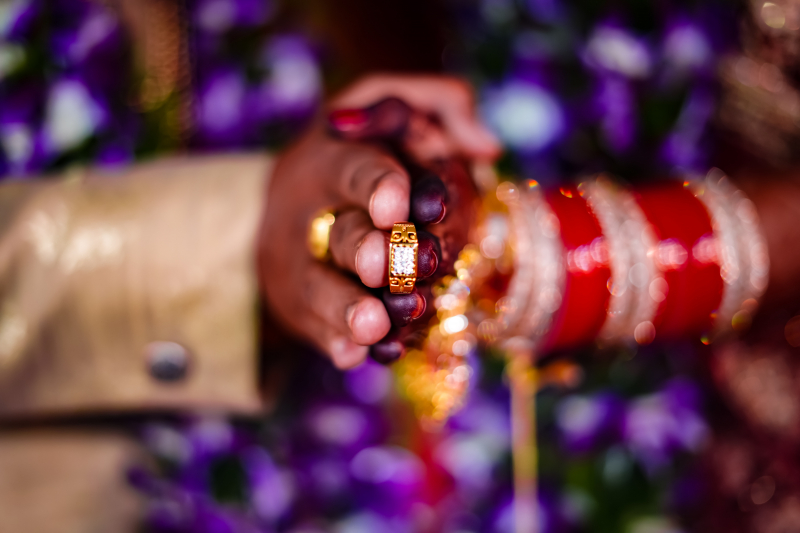
Photo by viresh studio on Unsplash -
The wedding mandap, also known as the wedding altar, is a temporary building created for the marriage ceremony. It could appear on a raised platform and be adorned with anything from cloth and gems to flowers and vegetation. This beautiful building, which was meticulously constructed for the occasion, emerges as a refuge of love, fidelity, and cultural legacy.Although diverse, its design serves as a blank canvas for artistic expression, presenting a captivating combination of colors, textures, and components that honor the couple's ethnic roots and sense of style.
A variety of decorations are used to decorate the mandap, including a waterfall of fragrant flowers, luxuriant greenery, flowing textiles, and even sparkling crystals. Each ornament carries its own meaning, from the vivid blossoms signifying their union's blossoming to the crystals reflecting the brilliant promise of their joint journey. The mandap is more than just a physical building; it is a symbol of the coexistence of the holy and the human, bridging the sacred and the festive.
The blessings and goodwill of everyone who has arrived to witness the couple's union surround them as they stand beneath its spectacular canopy. The mandap turns into a container for their loved ones' wishes, prayers, and aspirations. It changes into a place that is timeless where many generations of tradition collide, signifying the persistence of long-standing traditions.
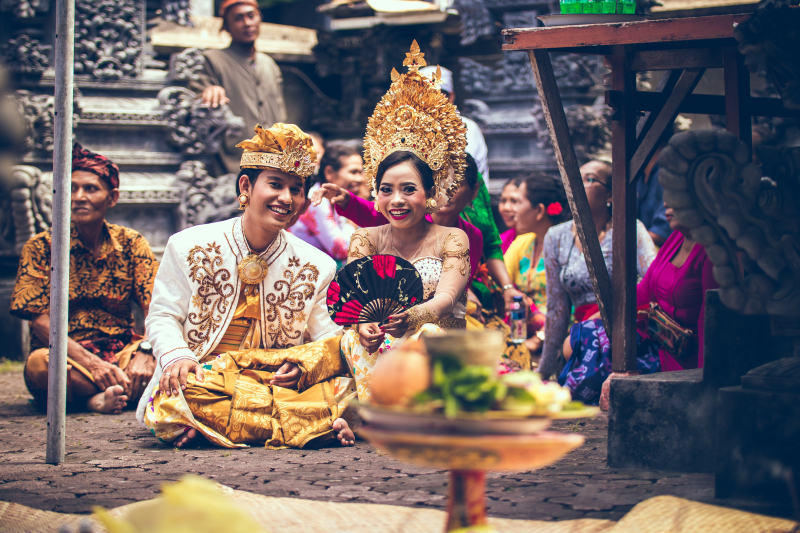
Photo by Artem Beliaikin on Unsplash 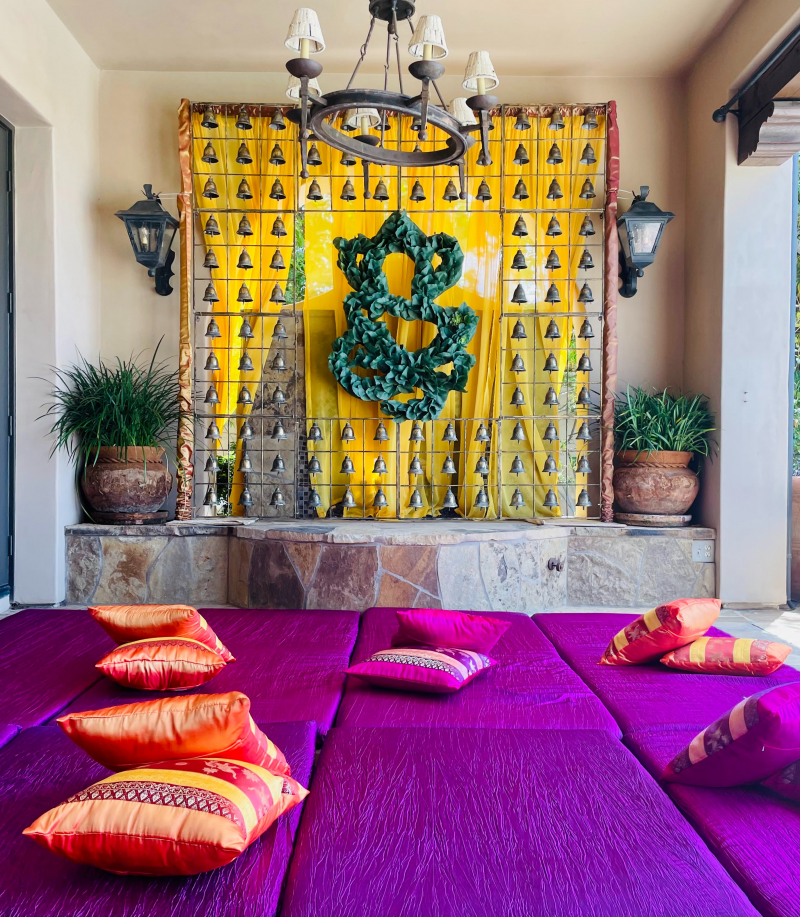
Photo by Shona Corsten on Unsplash -
Hindu traditions' bright and captivating pre-wedding ceremony known as the mehndi ceremony captures the spirit of creative expression and group joy. The bride and several of her close friends and family members customarily have beautiful designs made out of henna and painted on their hands and sometimes feet during the mehndi. The bride's parents often organize the mehndi celebration, which may also feature specially prepared dances to keep everyone entertained as mehndi application can take a while.
Beyond the elaborate patterns that adorn their flesh, the mehndi ritual has deep symbolic meaning. In and of itself, the bride's transformation from her single life into the embrace of marriage is symbolized by the act of applying henna on her skin. Her skin's patterns take the form of elaborate stories of love, blessings, and shared goals.
The bride is frequently surrounded by her female loved ones while she is decorated with henna. Each of them get tattooed with elaborate patterns that reflect the bonds that link them together. This display highlights the social and familial facets of the marital process. The elaborate patterns weave together the blessings of those who have gone before and those who are still to come, acting as a thread connecting the past, present, and future in addition to telling stories.
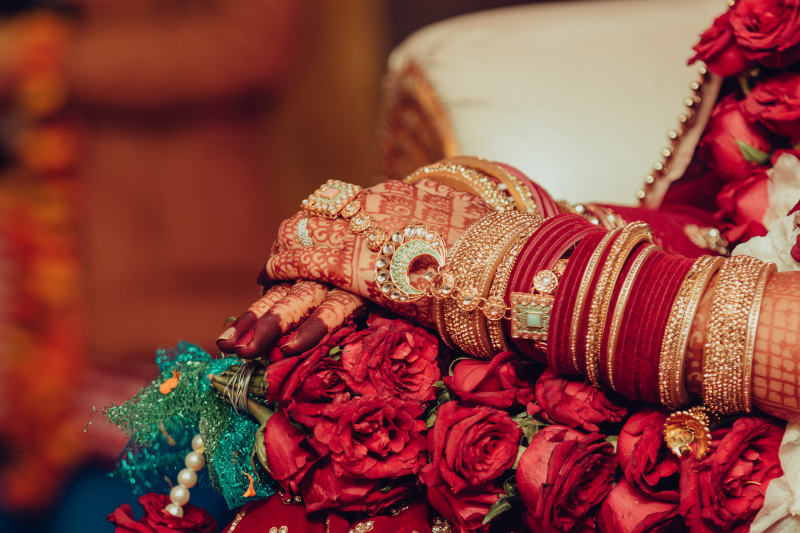
Photo by Awesome Sauce Creative on Unsplash 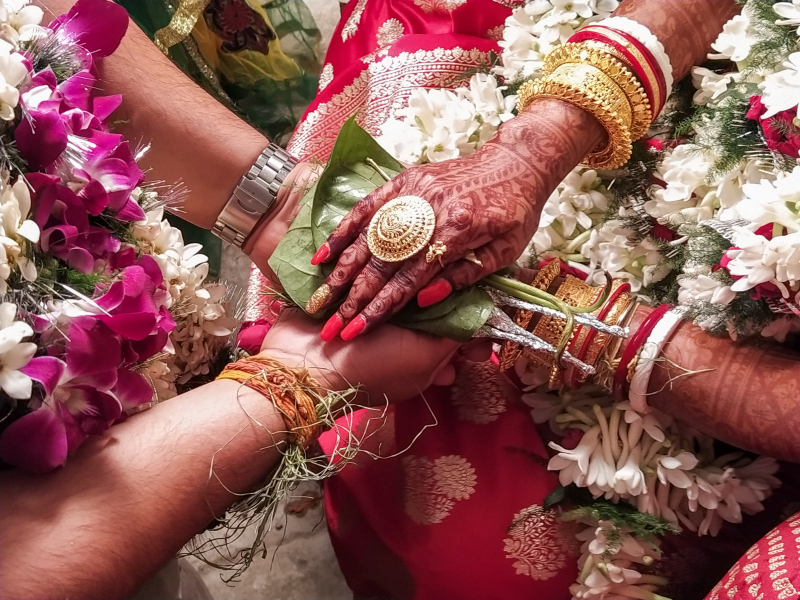
Photo by Debabrata Hazra on Unsplash -
In Hindu wedding ceremonies, a sacred fire ritual, popularly known as havan or homan, assumes significant importance and serves as a central element. Revered as a powerful deity, Agni, the god of fire, is honored through this ritual. The couple, surrounded by their loved ones and accompanied by the chanting of hymns and mantras, partakes in the offering of handfuls of rice and occasionally ghee to the sacred fire. This act symbolizes the couple's commitment to their union, seeking blessings and purification from Agni.
The profound occasion is given an ethereal touch by the magical environment created by the swirling flames. The havan is often performed inside of a kunda, a square-shaped altar that is decorated with colorful flowers, savory herbs, and holy icons. Its design adds to the ritual's spiritual importance by evoking a holy environment that is filled with powerful cosmic energy and promotes good vibes.
The offerings the couple makes as they stand before this holy fire contain prayers, wishes, and dreams for a happy and fruitful future together. In addition to being a visual treat, the dancing flames, which evoke Agni's presence, indicate the divine bond that is at the heart of their union. The havan ceremony highlights the solemn and profound character of Hindu marriages by embodying the cultural and spiritual traditions that have been passed down through the centuries.
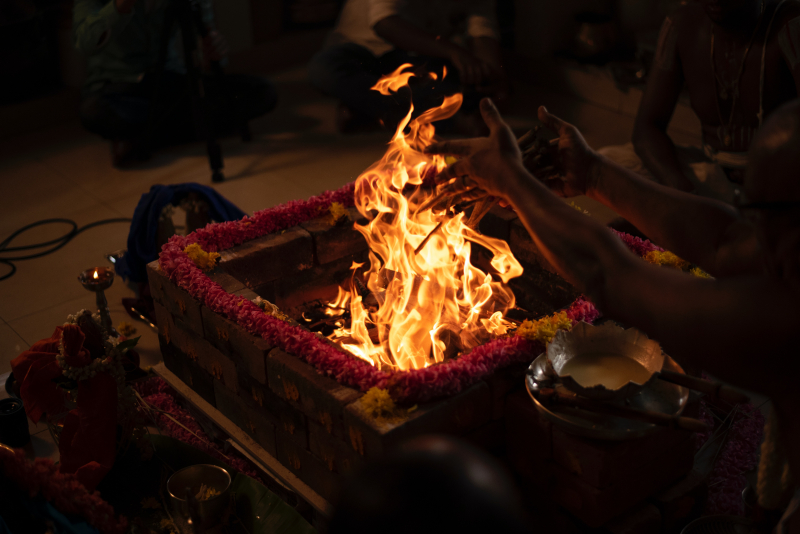
Photo by Rajesh Mishra on Unsplash 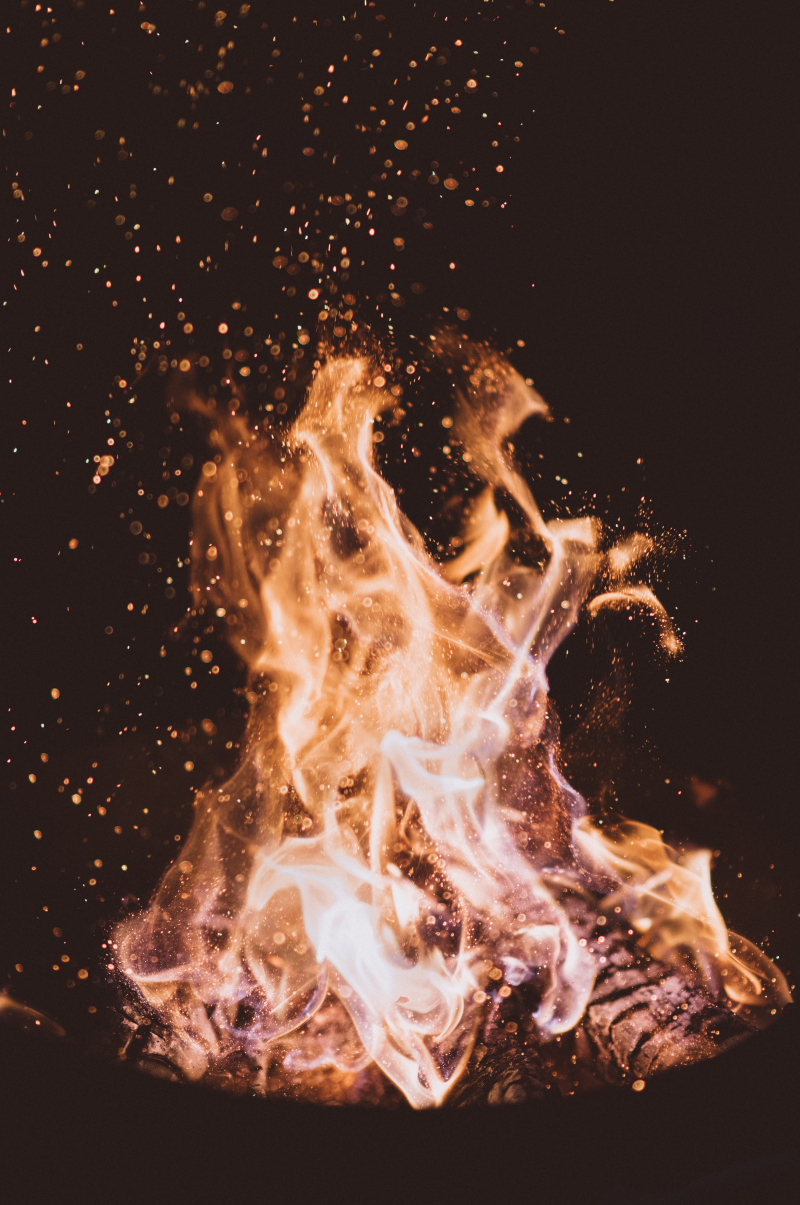
Photo by Joshua Newton on Unsplash -
During Hindu weddings, the jai mala ritual, also referred to milni mala or varmala, takes place where the couple exchanges beautifully crafted floral garlands. This ceremony showcases the meaningful and profound character of Hindu marriages and embraces the profoundly rooted cultural and spiritual traditions.
The garlands, which hold great significance in this sacred ceremony, are carefully made using delicate jasmine flowers, elegant roses, or vibrant marigolds. The choice of flowers may vary based on personal preference and regional traditions. These garlands not only serve as a visual symbol of love and unity but also infuse the atmosphere with their enchanting fragrance. Each petal and bloom carefully arranged, these garlands effortlessly capture the essence of the celebration. The vibrant colors, ranging from brilliant reds and lively pinks to cheerful oranges and sunny yellows, add a sense of joy and vibrancy to the ceremony, reflecting the happiness and positivity that surrounds the union of two souls.
The exchange of floral garlands represents the first step towards a lifelong commitment and mutual respect between the couple. It symbolizes their acceptance of each other, acknowledging their love and readiness to embark on their journey together, hand in hand. This beautiful custom showcases the depth of love and devotion that is pervasive throughout Hindu weddings, creating an aura of grace and charm.
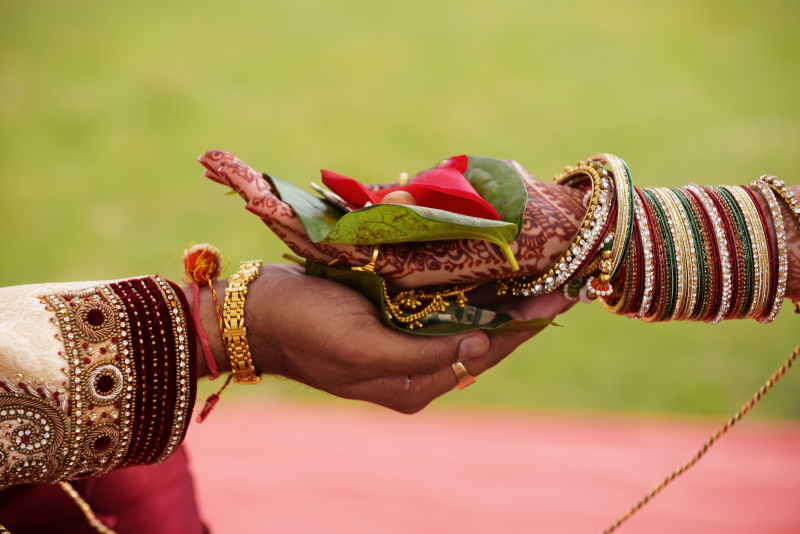
Photo by AMISH THAKKAR on Unsplash 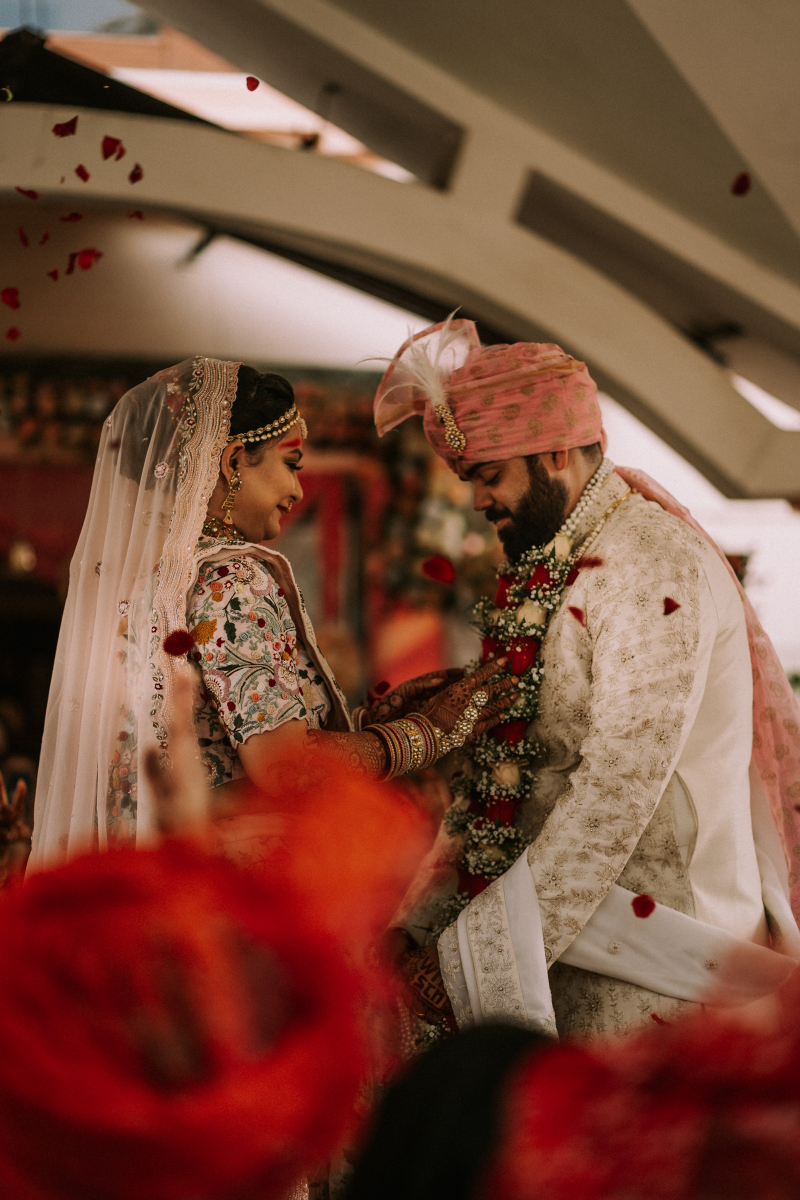
Photo by Rupinder Singh on Unsplash -
Hindu weddings are known for their rich traditions and rituals that are believed to bring blessings and prosperity to the couple. These weddings often begin with an invocation to Lord Ganesh, popularly known as Ganesha, the Hindu god of wisdom and salvation. Ganesha, with his distinctive elephant head, is revered as the remover of obstacles, and his invocation serves to ensure a smooth and obstacle-free wedding ceremony.
Invoking Lord Ganesha at the start of a Hindu wedding ceremony is an important step to obtain his heavenly blessings and guarantee the marriage will go without incident. It serves as a fortunate beginning, erasing any potential barriers or problems that could prevent the celebration. Hindus truly believe that calling to Ganesha assures the couple's union will be happy and prosperous.
The process of invoking Lord Ganesha usually takes place at the wedding venue, in the presence of the couple, their families, and the officiating priest. The priest, accompanied by the wedding guests, begins by chanting sacred hymns and mantras dedicated to Ganesha. The atmosphere is filled with devotion and spiritual energy as the priest recites prayers to seek the blessings of the deity. Offerings of flowers, fruits, and sweets, along with the lighting of incense sticks and lamps, symbolize the gratitude and devotion towards Lord Ganesha.
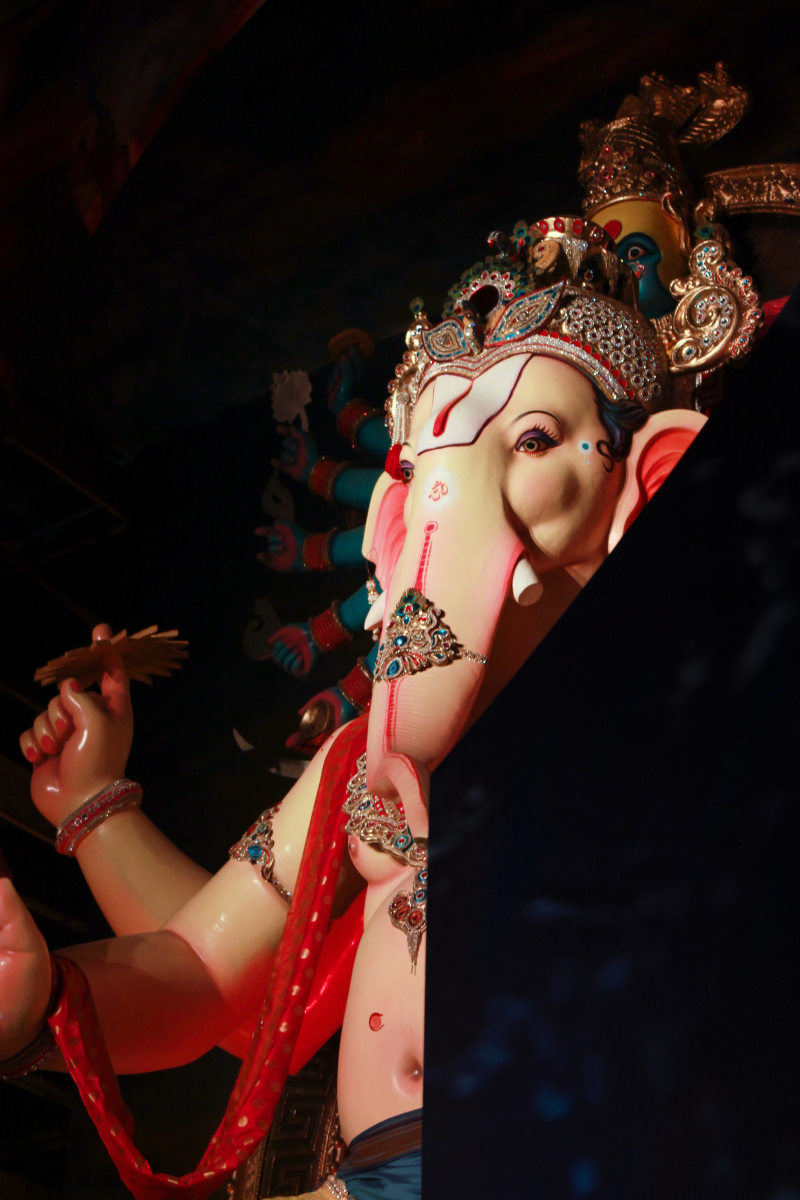
Photo by Vishwas Bangar on Unsplash 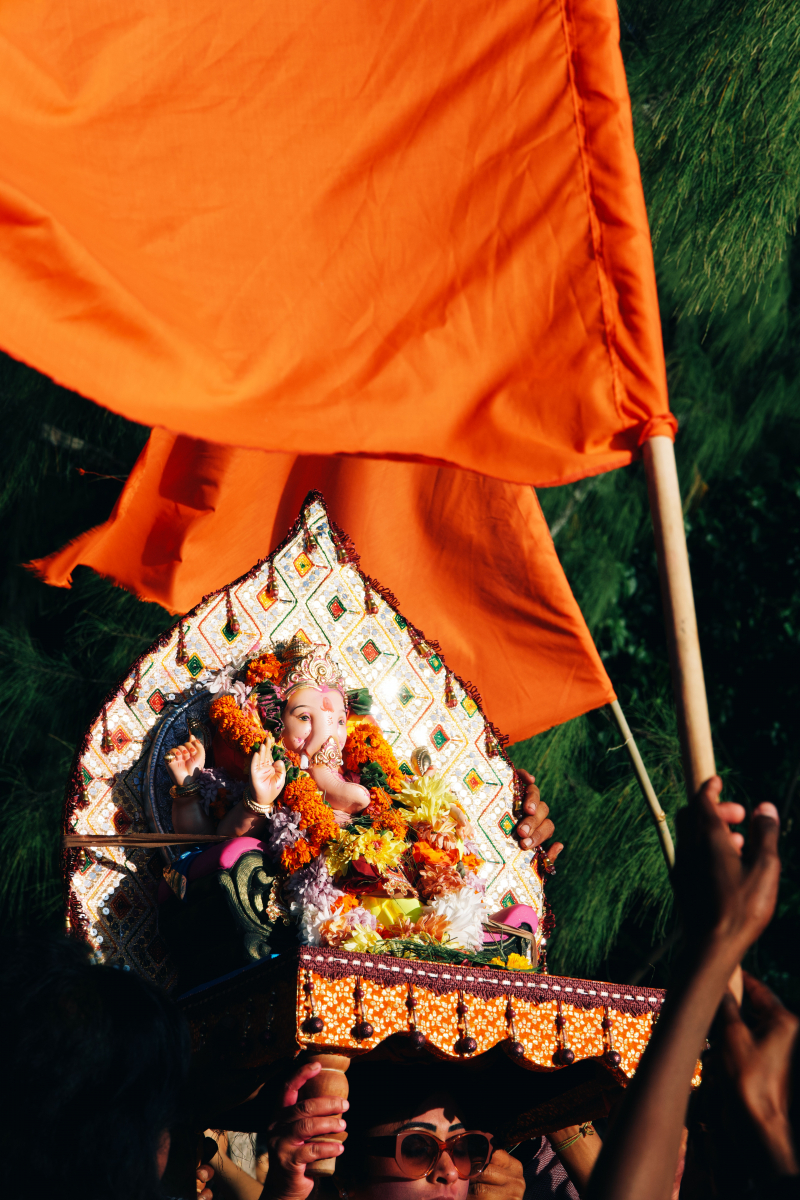
Photo by Miguel Alcântara on Unsplash -
Pokwanu, also referred to as the Tilak ceremony, is a beautiful and traditional Hindu custom. Originating from ancient Vedic practices, it holds deep cultural and religious importance. The word "tilak" itself originates from Sanskrit, meaning a "mark." In this ceremony, a tilak, usually made from sandalwood paste, vermilion or turmeric, is carefully applied to the groom's forehead along with a sacred mark.
Applying the tilak during Pokwanu also represents the bride's family's formal approval and welcome of the groom. It is a gesture of love, respect, and appreciation for the groom, acknowledging him as a vital member of their family. The tilak on the groom's forehead serves as a reminder to him and to everyone else in attendance of the holiness of the marriage and the duties that go along with it.
The Pokwanu ceremony holds a special place in the hearts of both the groom and the bride's family. It serves as an opportunity for both families to come together and rejoice in the joyous occasion of their union. It also signifies the beginning of a lifelong bond between the two families, as they embrace each other with open arms, love, and warmth. Furthermore, the tilak holds immense spiritual importance, awakening the groom's consciousness as he embarks on the journey of married life.
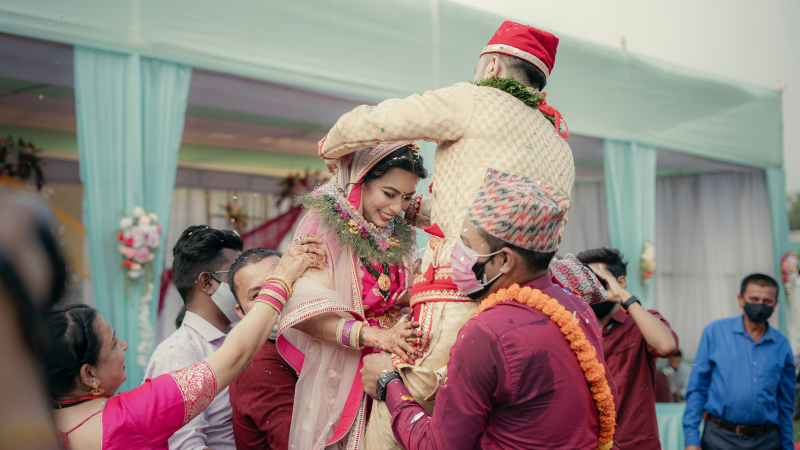
Photo by rajat sarki on Unsplash Video by Portobello Films™ Modern Wedding Videography












